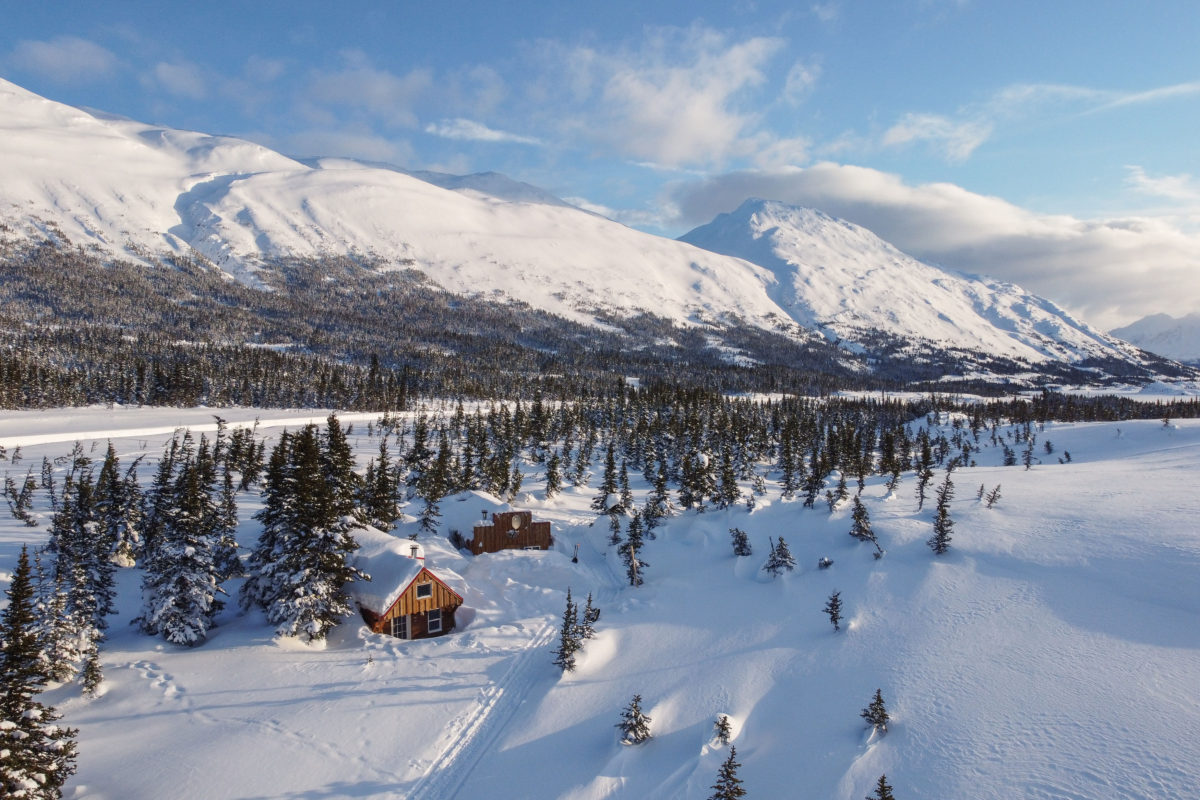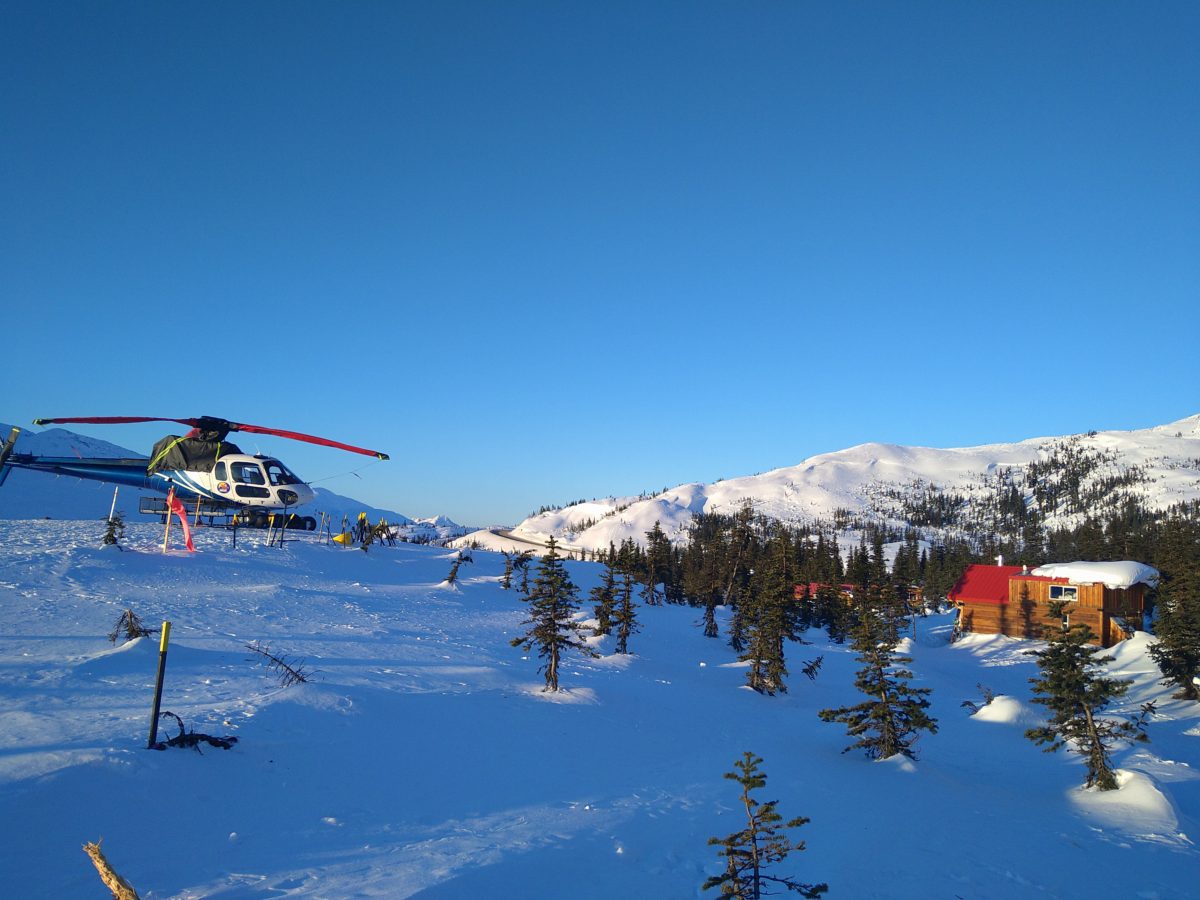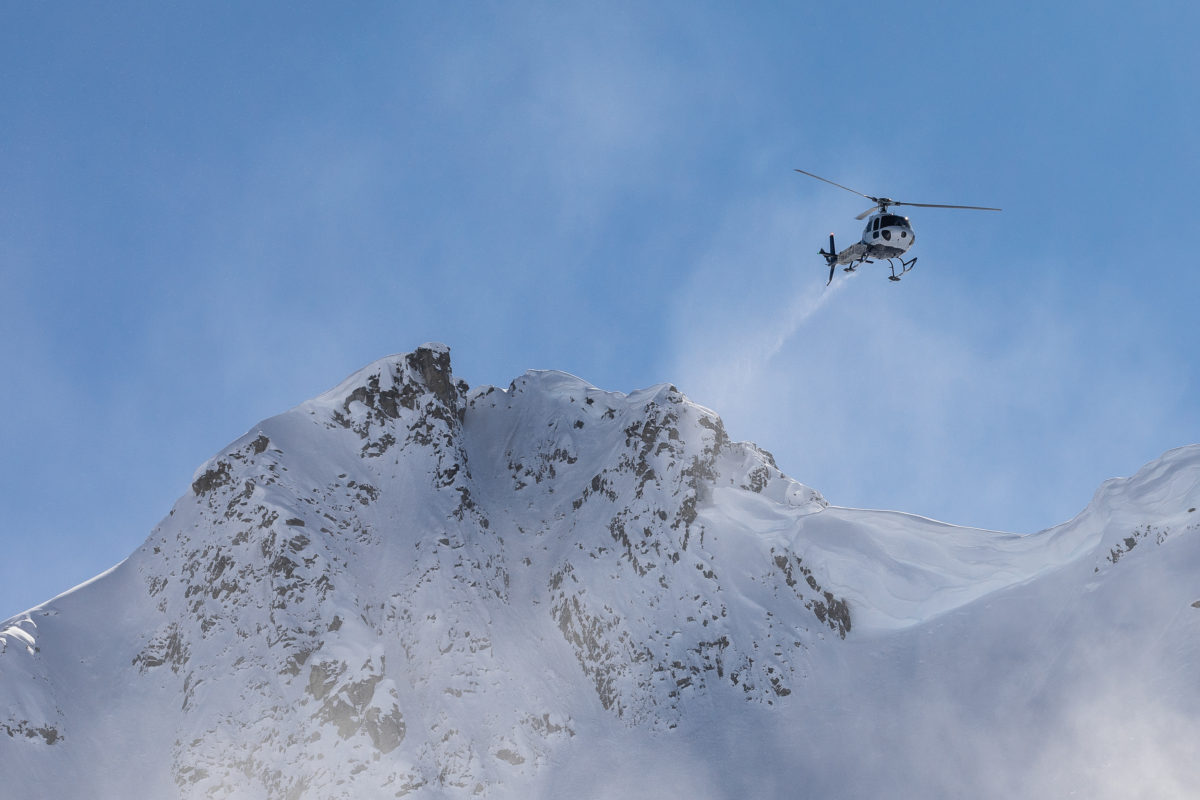The Yukon Territory is located in northwestern Canada, bordering Alaska north of latitude 60 degrees north. The population is about 40,000 despite having an area as large as 1.3 times that of Japan. Wild animals such as bears and caribou are overwhelmingly more numerous than people, making this an area worthy of being called the Wilderness of the Far North.
This time I visited the southwestern part of the Yukon Territory. It is a mountainous area from the coast with high peaks such as the Coast Mountains that continue along the Pacific Ocean and the St. Elias Mountains, which is also part of the World Heritage Site. This area, which also leads to Canada's highest peak, Mount Logan at 5,959m, is known worldwide as a dynamic backcountry spot.
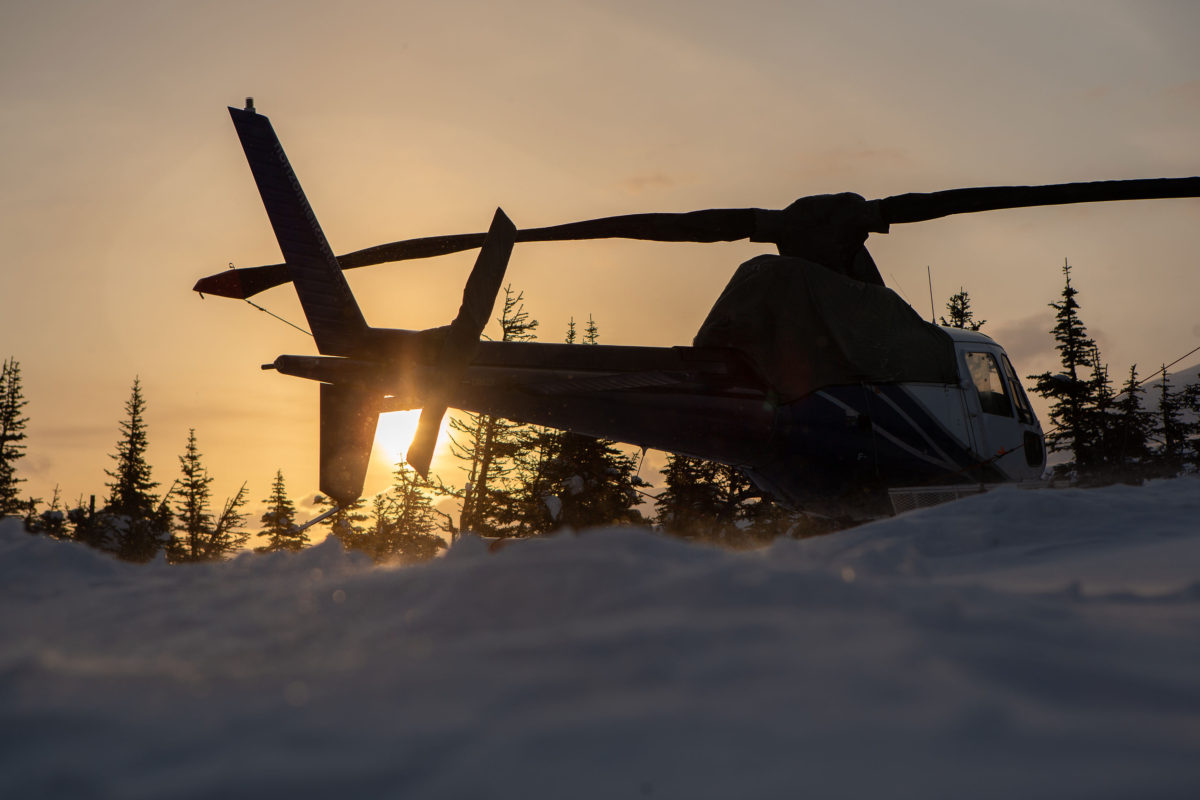
"Yukon Heli Skiing" is based on a mountain pass called White Pass, in the middle of the mountain range, and conducts heli-skiing operations in all directions. I took part in a 5-day tour of the Yukon's only heli-ski company with tremendous potential. Let's take a look at one of those wonderful days.
Report "Yukon Heli-Skiing One Day"
The blue sky without a single cloud in the morning. When you inhale the dry air vigorously, the cold stings in your throat. At 8:00 am, the temperature is -20°C, which is a bit cold. After finishing the meal and heading to the heliport, the sunshine strengthens and the feeling of skiing increases.
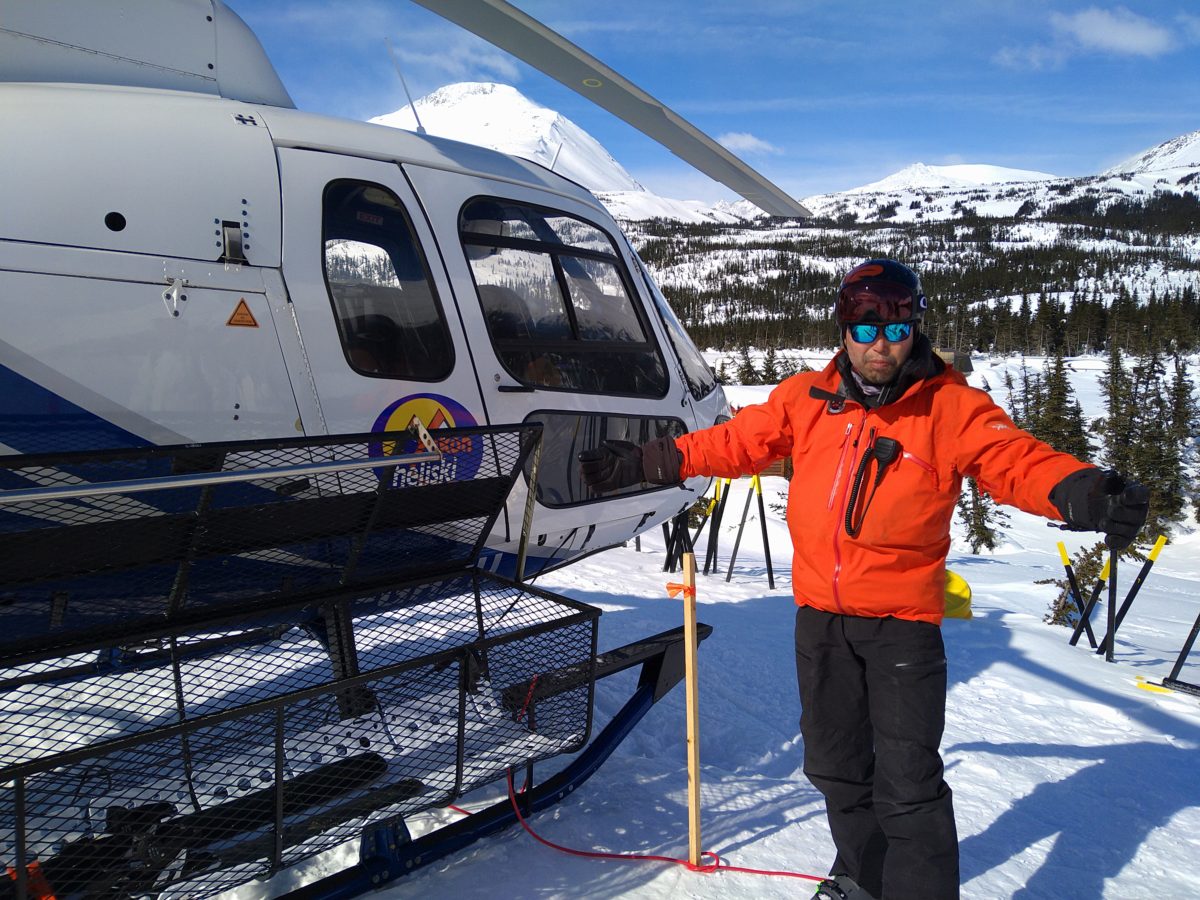
Listen to the points to note from the guide Jun Yanagisawa before setting off. The back seats of the small helicopter A-Star are guest seats. Fasten your seatbelts and leave with headphones to block out the roar. The first leg break-in starts from a point about 5 minutes from the heliport. Landing on the summit ridge of one of the mountains with many huge glaciers. We quickly disembarked and removed everyone's skis from the baskets and the helicopter quickly disappeared from view. There is no sound at the summit where the helicopter is gone. There is no wind and it is calm, but the scenery that approaches in front of you is magnificent.
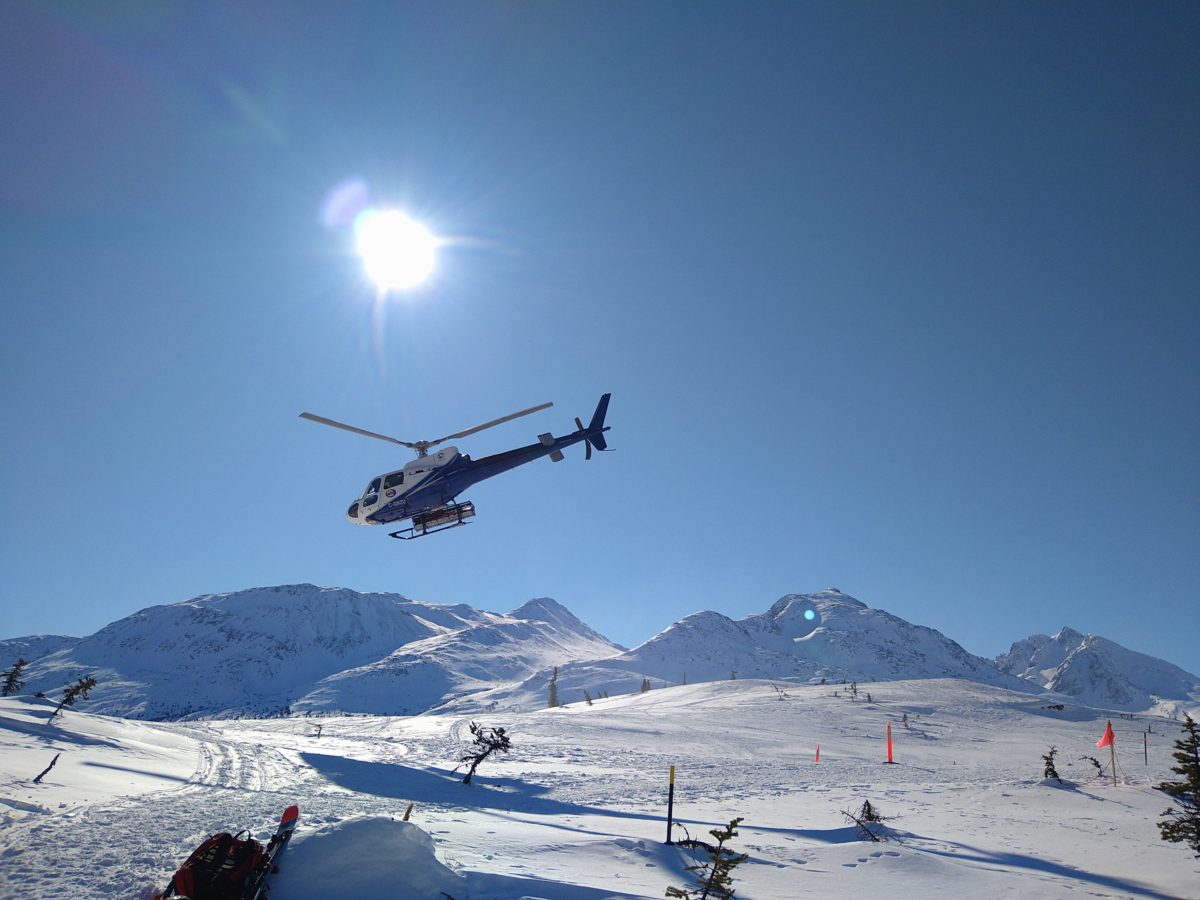
“Those mountains are already Alaska. I skied the next slope for the first time last week. The location was great,” says owner Pete.

A good skiing starts again today. Glide through huge turns in a huge bowl flanked by massive walls. Today's guest is a total of 7 people in 2 groups including us. Since the number of people is small, there is no need to worry about others and carve out fine turns.
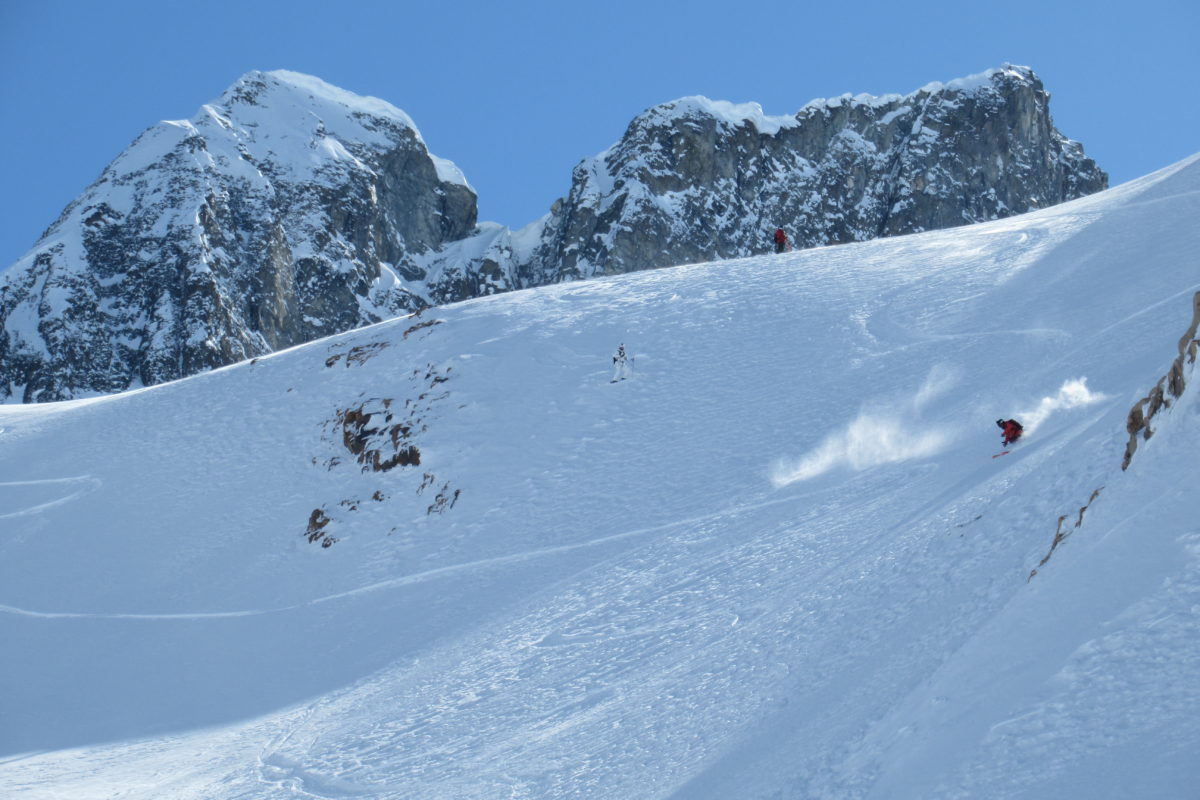
Because the scenery is so big, even though I think I'm skiing lightly, my speed increases without realizing it. After a few days of fine weather and wind, the snow quality is a little tight, and skiing is easy on the sunny slopes, but the northern slopes and shaded areas are dry powder. One of each of the varied slopes is long, so your legs will be swollen in no time.

After skiing on a slippery slope of around 25 degrees, the bottom is a flat route. Slowly flow to the helicopter waiting in the distance. When you get to the helicopter, put the skis together in a large basket on the side of the aircraft, and then get back on the edge and head to the next point. It takes about 30 minutes from the helibase to boarding the next helicopter, 20 minutes for short runs, and 50 minutes for long runs. The first day was 7 runs with lunch in between. It's not uncommon to skate more than 15 skis a day if the group has all the skills and the conditions are good, so you have to think about your physical fitness balance when skating.
Even in the morning alone, we were escorted to one after another, such as a course with a slope of over 30 degrees, a large bowl, a ridge with a difficult start, a paradise run with full powder, and so on.
Lunch on the way is soup, sandwiches, hot drinks and fruit. Take it at the bottom part of the mountain where the helicopter is parked. If it's a warm day with no wind, they sometimes eat it on the top of the mountain while looking at the superb view.

In the afternoon, another spectacular skiing began. After being dropped off at the top, following Mr. Yanagisawa, everyone carves the track with a good rhythm. The shot below shows the helicopter flying over it. No, it feels good.

It looked flat, but the slope was more than 25 degrees, light snow flew down, and the altitude difference was about 400m. While looking at the sharp mountains approaching in front of me, my whole body is delighted with the feeling of skiing that is completely different from the slope.
A run that attacks a narrow chute and a turn that seems to lose your legs on a long course that goes on forever.
Backcountry skiing on a hike is barely 1-2 runs a day. Being able to ski many runs without walking on them is a complex joy that feels both grateful and apologetic.

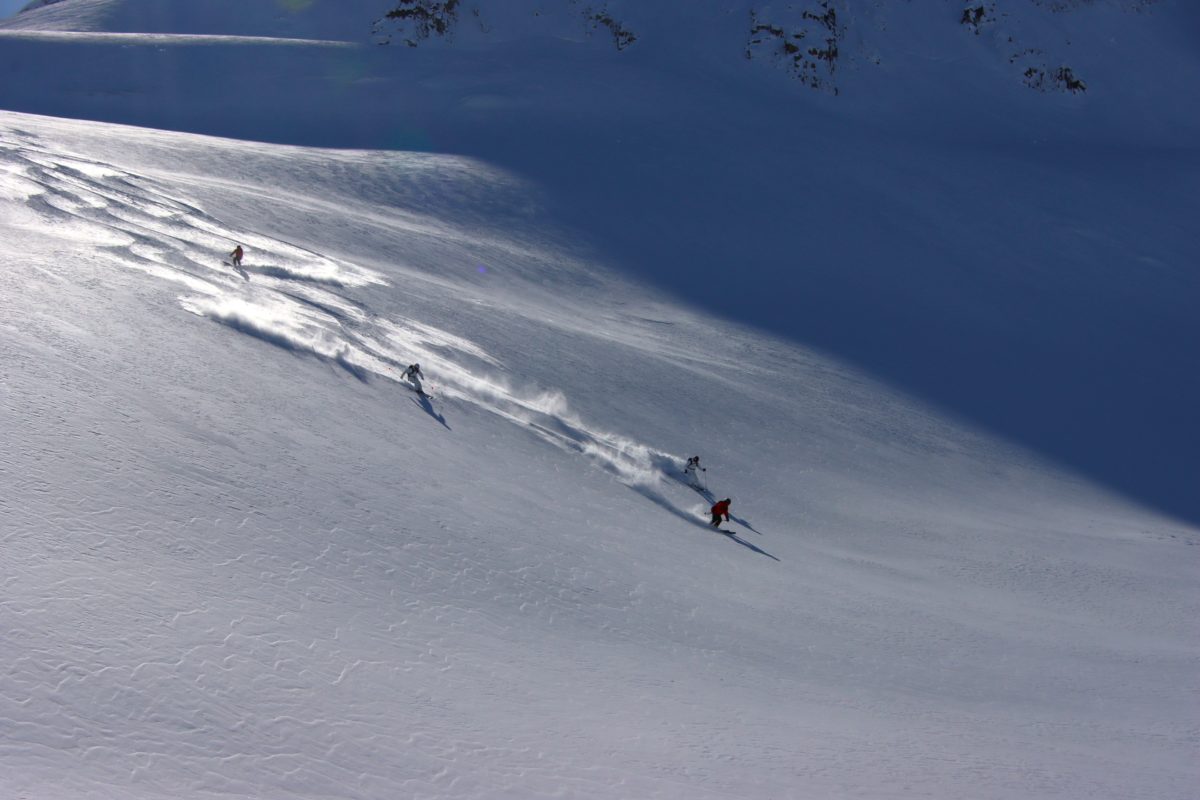
Finished with 8 today. The weather looks good tomorrow. I can still ski, but the tour lasts 5 days, so I need to adjust while consulting with my physical strength. A total altitude difference of 20,000 m is guaranteed for 5 days, but if you exceed this, you will be charged an additional charge. When the weather is nice, such things cross my mind.
After the helicopter, dive into a bath made of cypress. The staff uses firewood to boil cold water to just the right amount every day. There is also a dry sauna which is great. In March, the days in the Far North are getting longer day by day. In the evening when the sun is still high in the sky, it's an irresistible moment to drink beer.
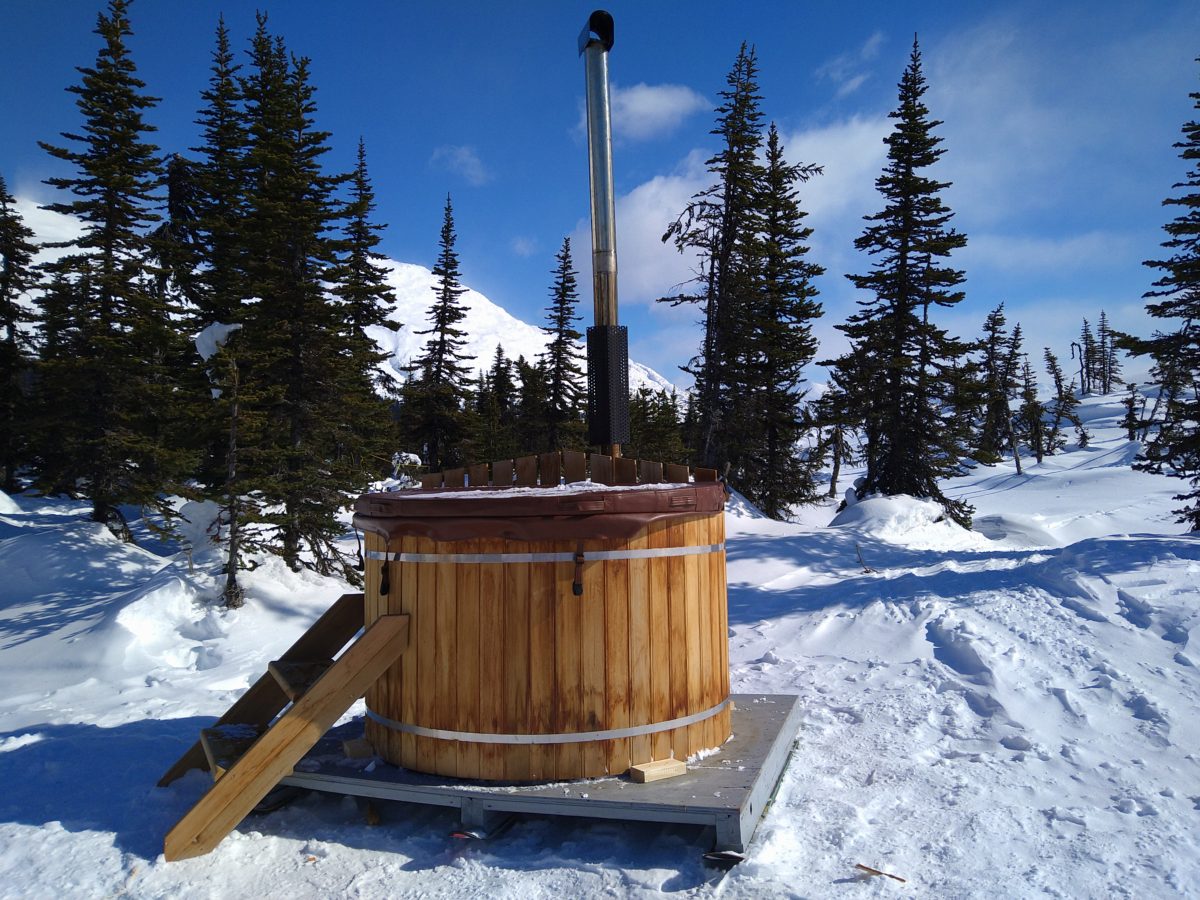
In the evening, enjoy a chef-prepared dinner, usually in the main cabin. However, on this day, I decided to cross the US border and go to a restaurant in Skagway, Alaska. Passports are required to cross borders. Due to the influence of the new coronavirus, it took longer than usual, but I passed the passport control along the highway without any problems.
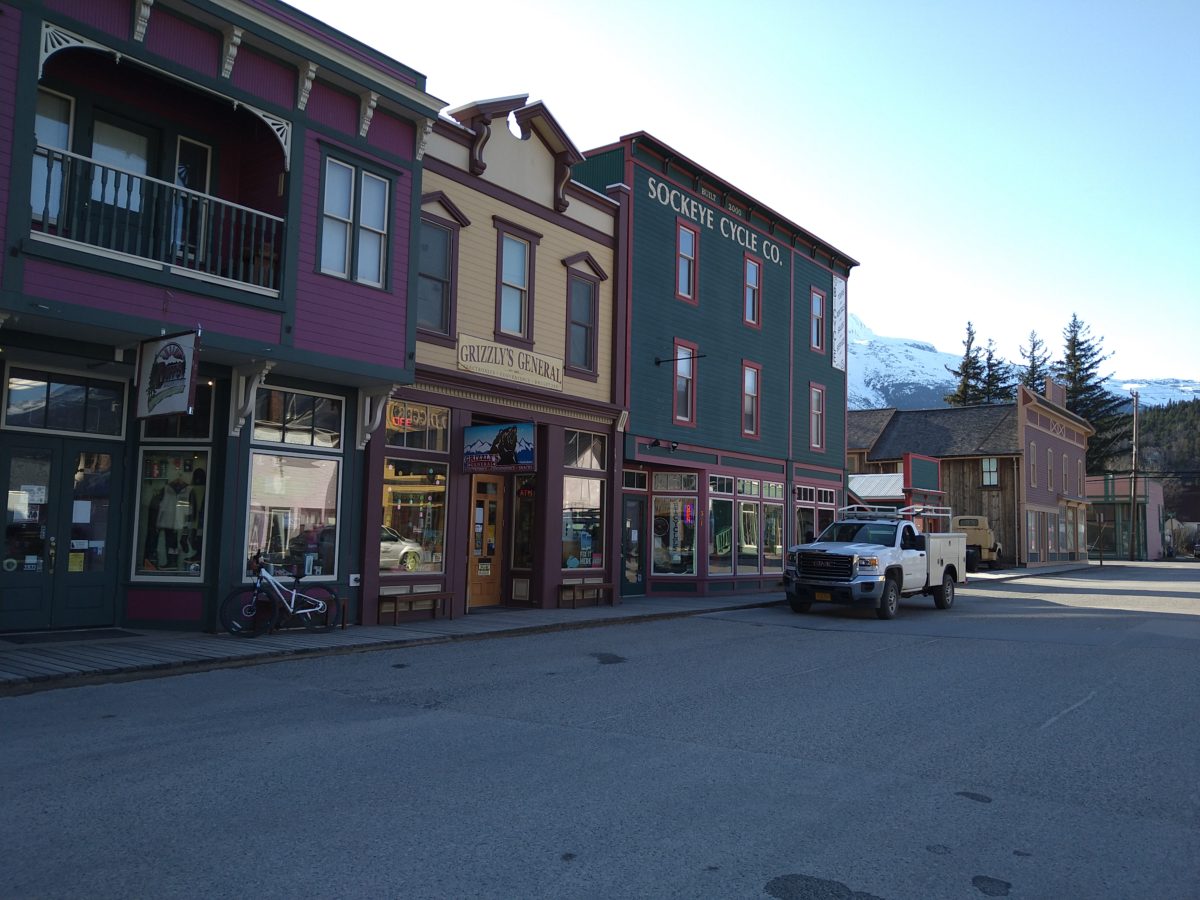
Skagway, which arrived in about an hour, is a port town that even large cruise ships stop by in the summer. Enjoy American-style hamburgers and steaks in a town that retains the remnants of the Gold Rush era over 100 years ago.
After returning from a few hours of trip to America, a huge green curtain appeared right above the helibase. Aurora. This is a continuation of last night's phenomenon, but today the green drape stands out. Before long, a mixture of purple, pink, and yellow light appeared, and it began to sway with tremendous force. The blur in the photo is not due to camera shake, but due to the aurora's large movements in a short period of time. The magnificent show continued for more than 30 minutes, filling the sky beautifully while changing its shape. The temperature was below minus 20 degrees and it was so cold that I couldn't even touch it, but it was an indescribably exciting moment that I couldn't help but look up at. I thought I was lucky, but it's not uncommon in the Yukon. Heli-skiing, sightseeing in America, the Northern Lights...a pretty intense day in the Yukon is over.

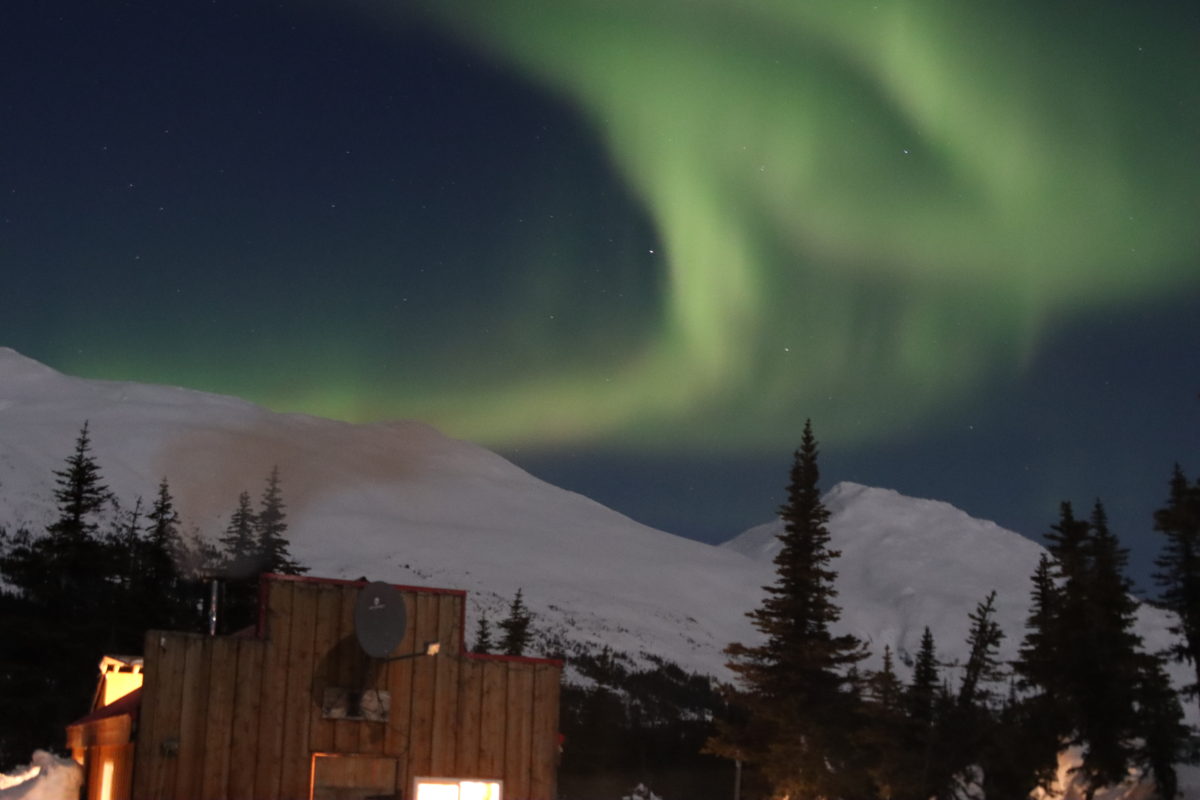
By the way, this time we were the first Japanese guests during the corona crisis, so on the last day, a party was held to welcome us. We were treated to a whole roasted Alaskan King Crab, sushi and steak prepared by a local Japanese chef, and we were able to have cross-cultural exchanges with local indigenous people.
In the end, I skied for 5 nights and 6 days, almost the regulation value of 19,500 meters in elevation, and 30 runs.
There was not only powder but also tough snow quality, but it was a run that fully enjoyed the magnificent nature. The weather was sunny all day and we had the bonus of two nights of aurora viewing. Overly dynamic heli-skiing in a wilderness area 8000km away from Japan. It was definitely an experience of a lifetime.
STEEP Editorial Department (Hiroshi Owada/Photographed on April 13, 2022)
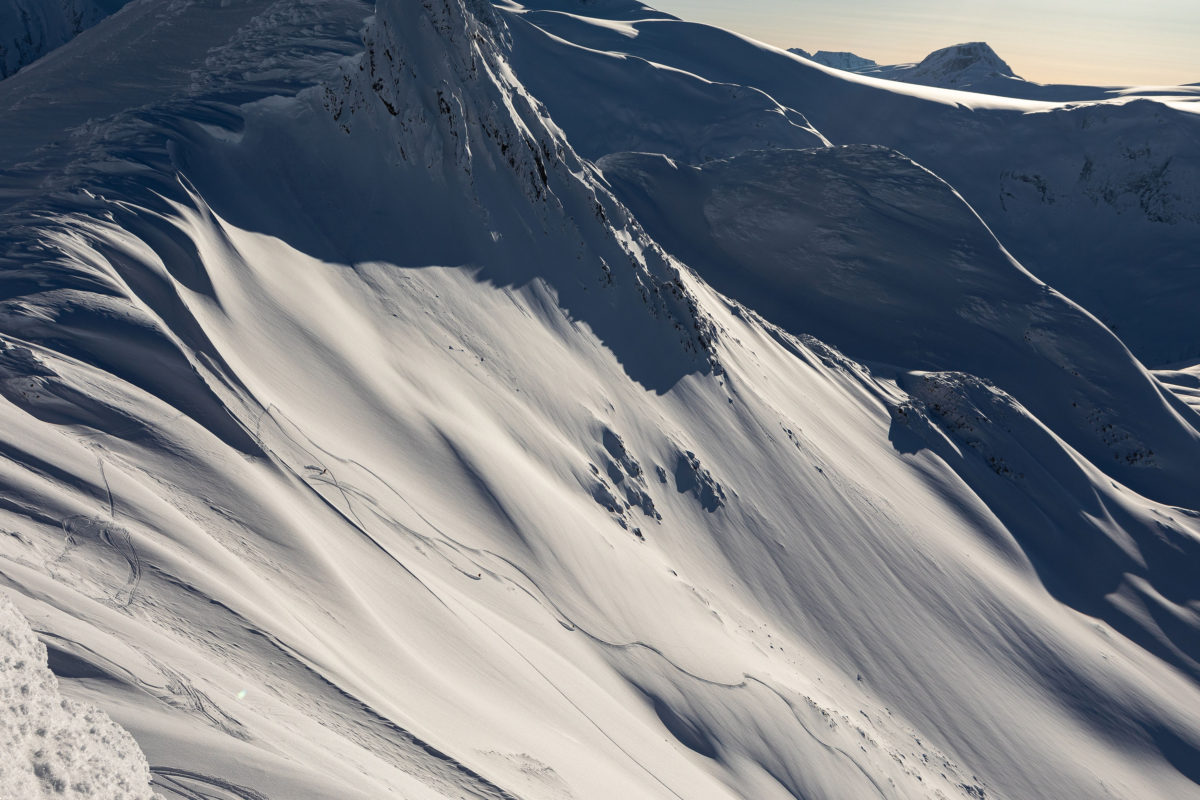
Yukon Heliski This is amazing!
1. 4 people per group based on the principle of private/semi-private, ultra-small group of maximum 2 groups
The helicopter is an Aerospatial AS350, commonly known as E-Star, a small 6-seater aircraft, and in the case of skiing, it is basically a pilot, a guide, and 4 guests. Since it is usually operated in 2 groups, up to 8 guests will monopolize the vast slopes per day. The reason for this is that grouping is very important in heli-skiing, and it's fine if you're with people who have exactly the same skill level as you, but if you don't, it's stressful. For that reason, we are narrowing down the number of people (up to 8 people) who are easy to form a group with friends and acquaintances. This time we stayed in Tiny Town, but if you have a request, you can also rent out the Skagway lodge (additional charge).
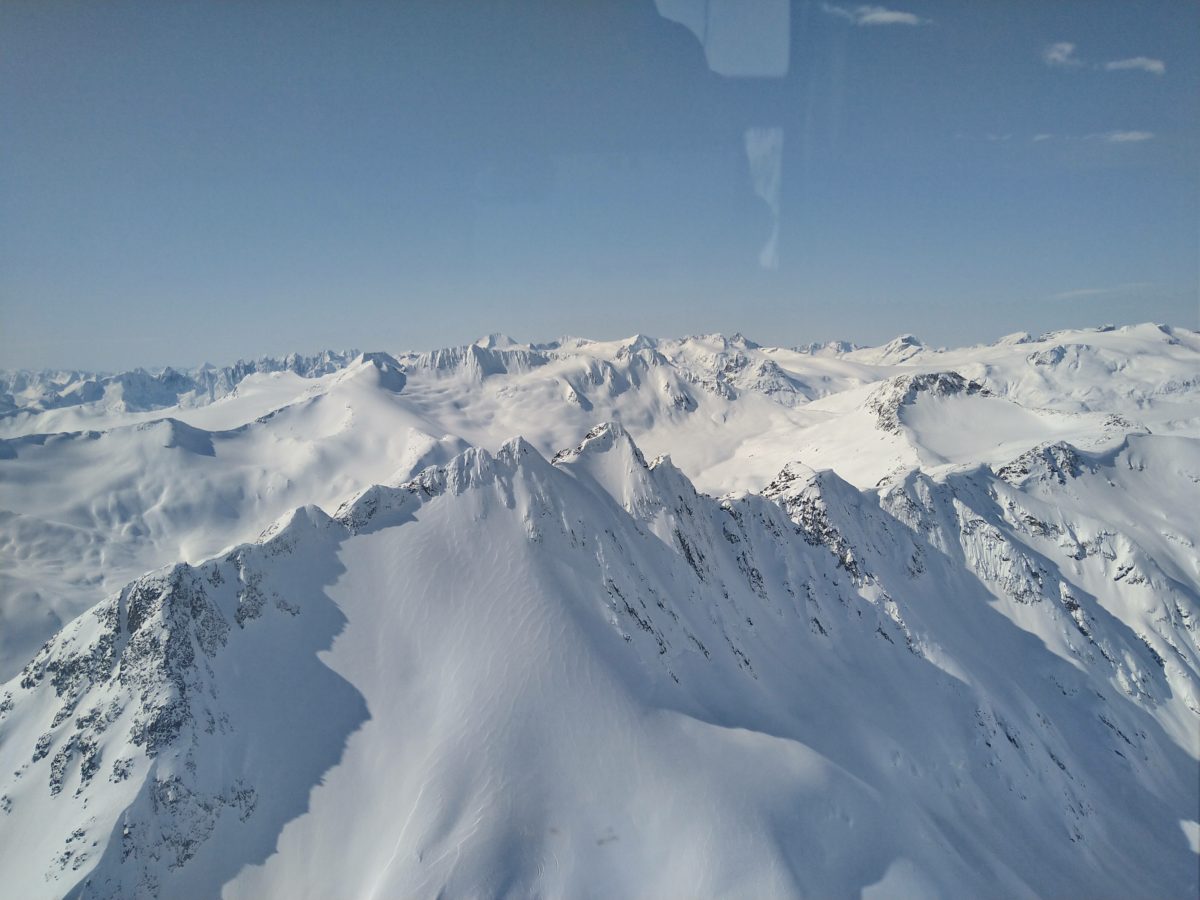
In the case of a heli-ski company that uses large helicopters, there are about 10 guests, and up to 3 groups of 1 helicopter will rotate, so 30 people will ski on the selected slope that day. For this reason, it is necessary to choose slopes and bowls that are wide enough for 30 people to ski. We often see photos of piles of uniform short turns when heli-skiing is introduced. In the case of the Yukon heli-ski, you can feel free to make a “big turn” without hesitation. Because it is a six-passenger helicopter that can turn in a small radius, it is not uncommon to face adventurous slopes.

2. Developing ski areas. Possibility of first descent even for general guests
There are currently about 30 so-called courses that can be skied, called runs. This is also under development every day, and during the interview, there were several runs that I skied for the first time, and each time I gave a name.
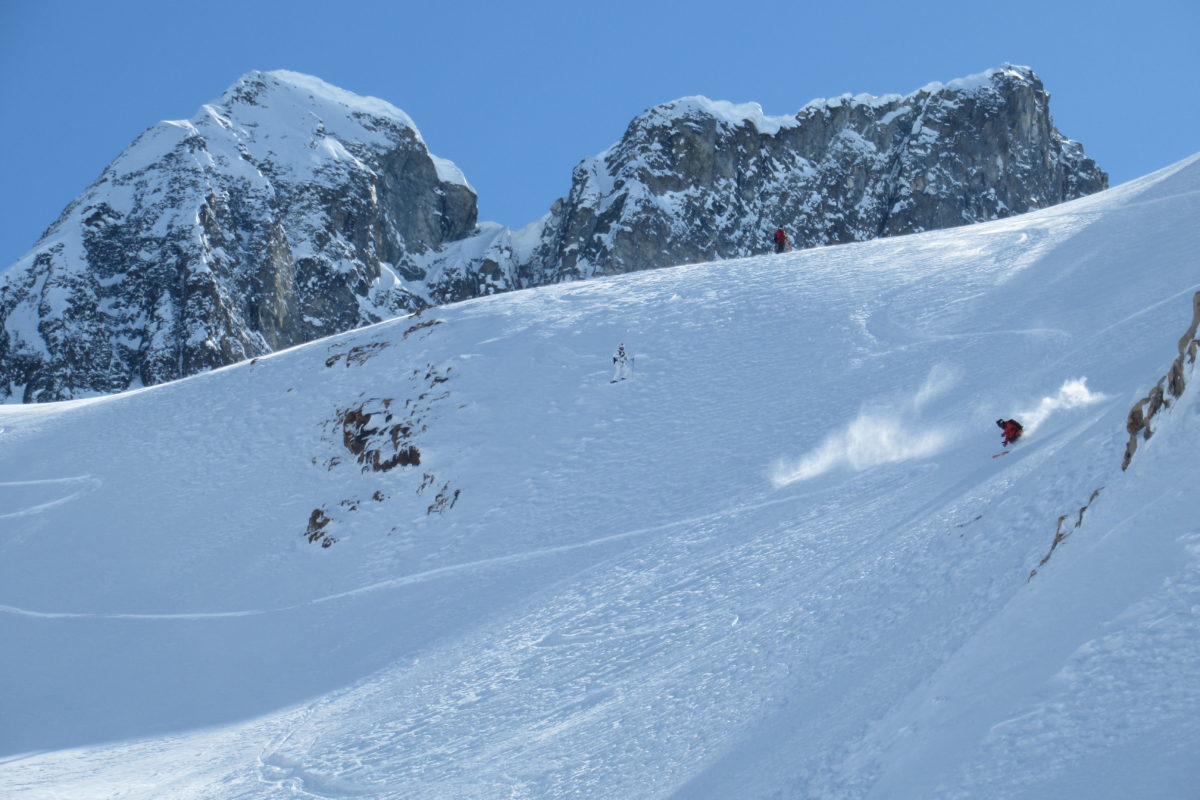

3. The best snow quality awaits skiing since March
Unfortunately the skiing season is very short, from March to early May. From January to February, the days are short and the temperature easily exceeds minus 30 degrees Celsius, making it an unsuitable environment for skiing. It can't be helped because it's a highland in the far north, but the snow quality is the best.
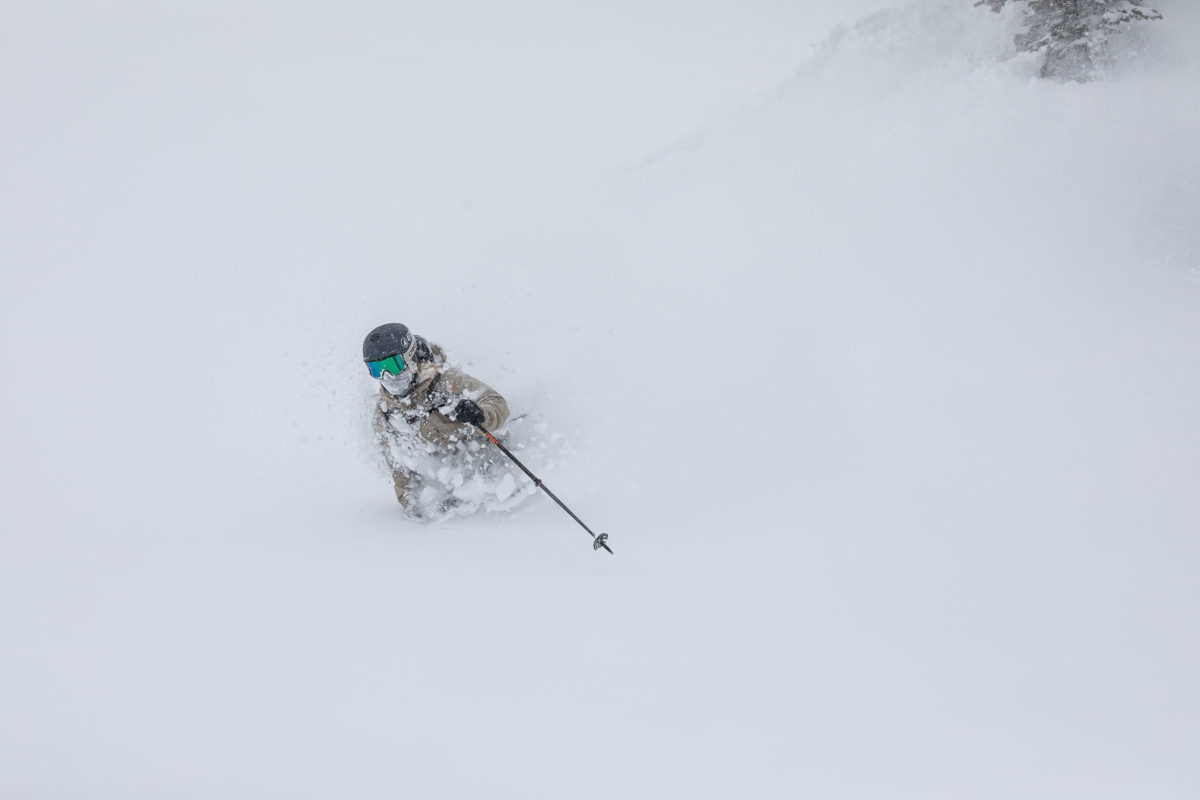
Guaranteed altitude difference of 20000m in 5 days
4 people per group, 2 groups per day. In other words, 2 groups of 1 guide + 4 guests, a total of 10 people, slide around the area on one helicopter.
6 to 15 runs per day. It changes depending on the sliding point, the skill and physical strength of the skier. As a skier, the number is easy to understand, but in the case of heli-skiing, it is calculated based on the difference in elevation.

Yukon helicopter's 5-day course guarantees an altitude difference of 20000m in the basic fee. If you cannot ski for the specified amount due to weather, etc., you will be refunded, and if you ski more than the specified amount, an additional fee will be charged.
We were lucky with the weather at the time of this interview, but there is no guarantee that it will be sunny or that helicopters will operate every day. It is said that there are cases in which helicopters do not fly for two days during a five-day stay. On the contrary, today! In such good weather, it seems that there are times when he concentrates and skates more than 15 runs in a day.
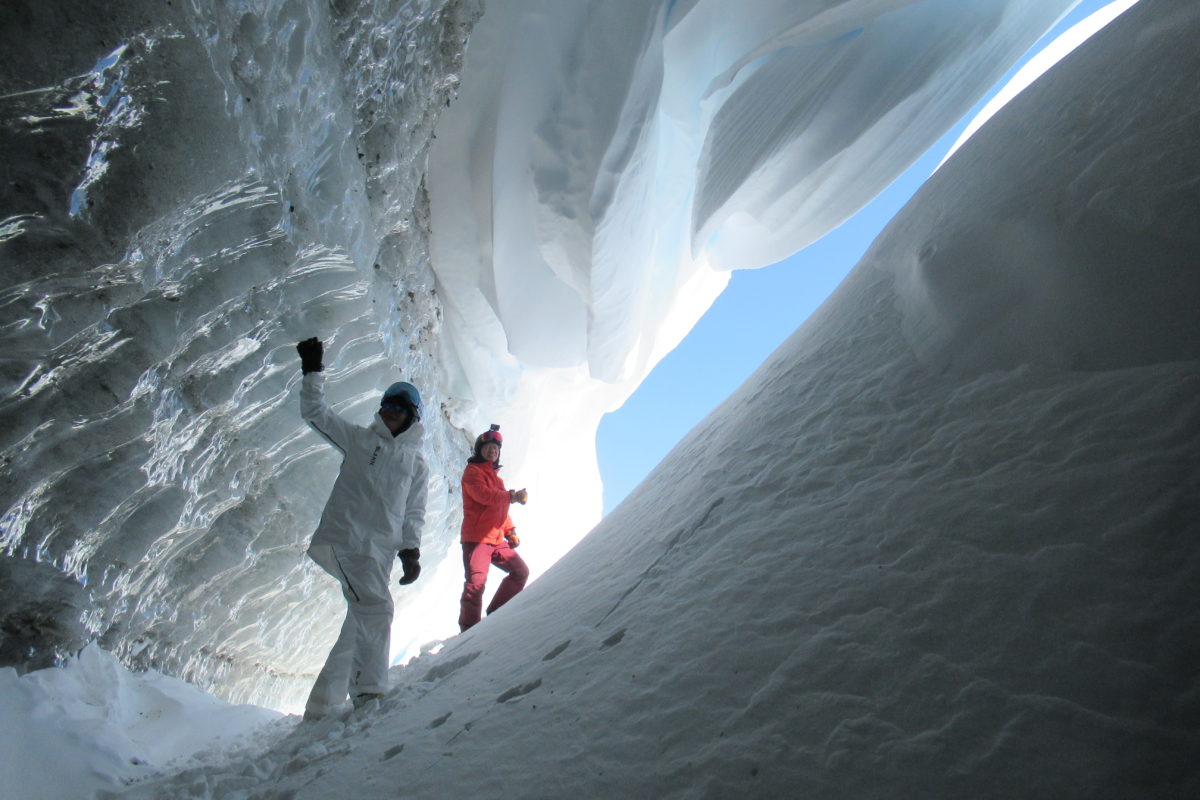
All necessary equipment provided
If there is little wind and good visibility, the helicopter will fly and the guide will escort you to the best and best location for the day's conditions.
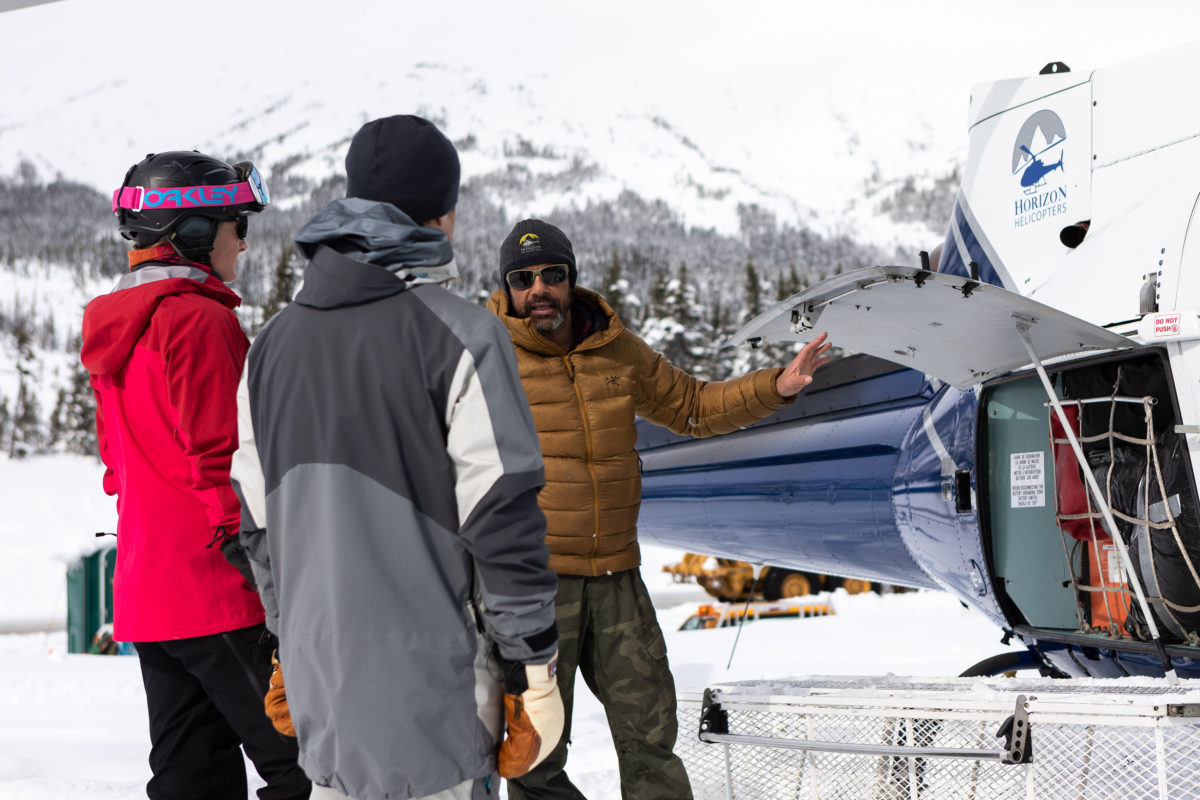
Guests will receive avalanche-resistant airbags and an avalanche kit for the duration of their stay. The bag is a compact type of 15L and you can hardly feel the weight. As for water, a sports drink is always prepared in the helicopter so that you can drink it at any time. Since the toilet is not available after taking off from the helipad, I relieve myself in nature during the run.
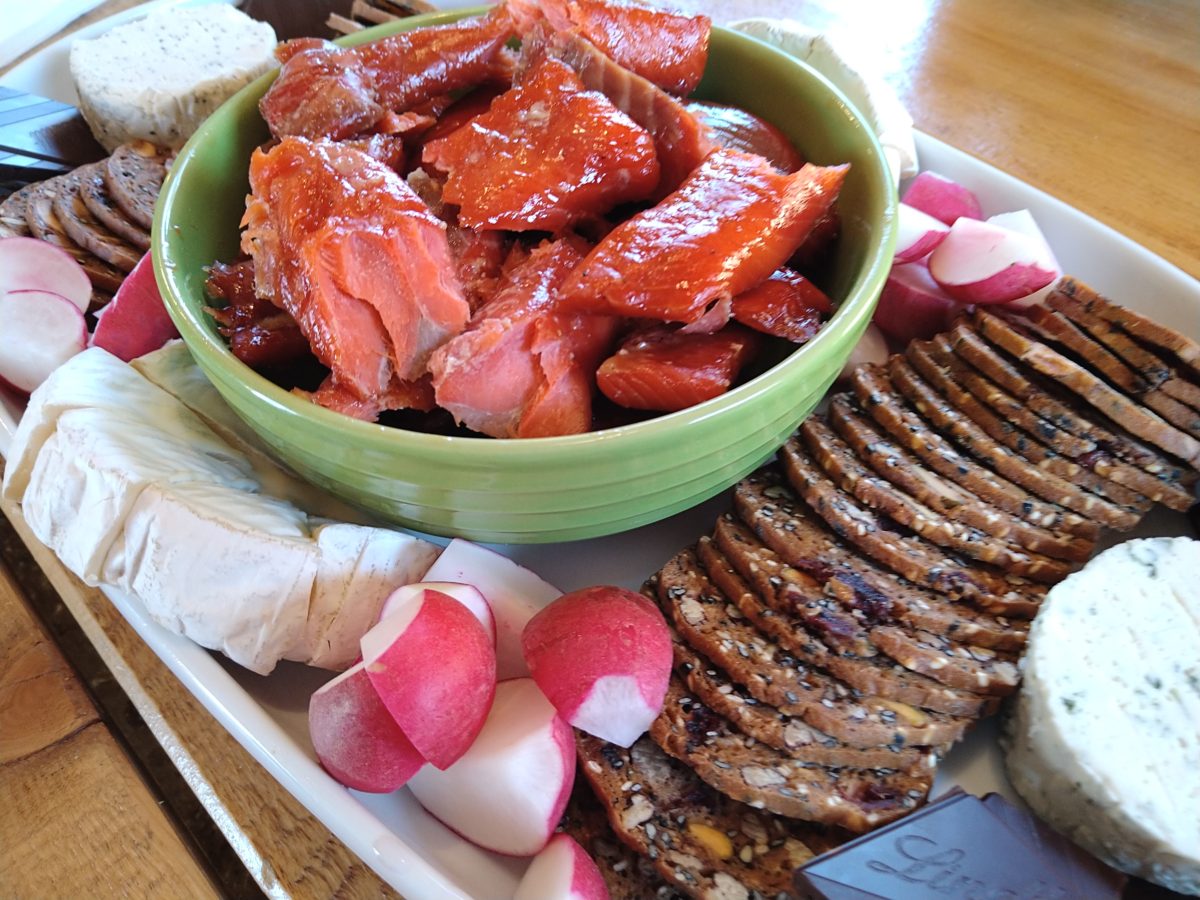
Sandwiches, soups, hot drinks, fruits and cookies are prepared on a daily basis for lunch on the snow between runs. After skiing, snacks that go well with beer are provided free of charge.
Cost/Japanese tour
There are 3-day and 5-day courses from and to Whitehorse. Heli-skiing (guaranteed altitude difference 12000m/3 days, 20000m/5 days), transportation from Whitehorse, accommodation and meals during your stay. No alcohol is sold, so bring your own if you wish.
In addition, one or two tours are scheduled each season, led by heli-ski guide Jun Yanagisawa, who lives in Whistler, Canada. Details are on the right https://canada-info.jp/tour23/
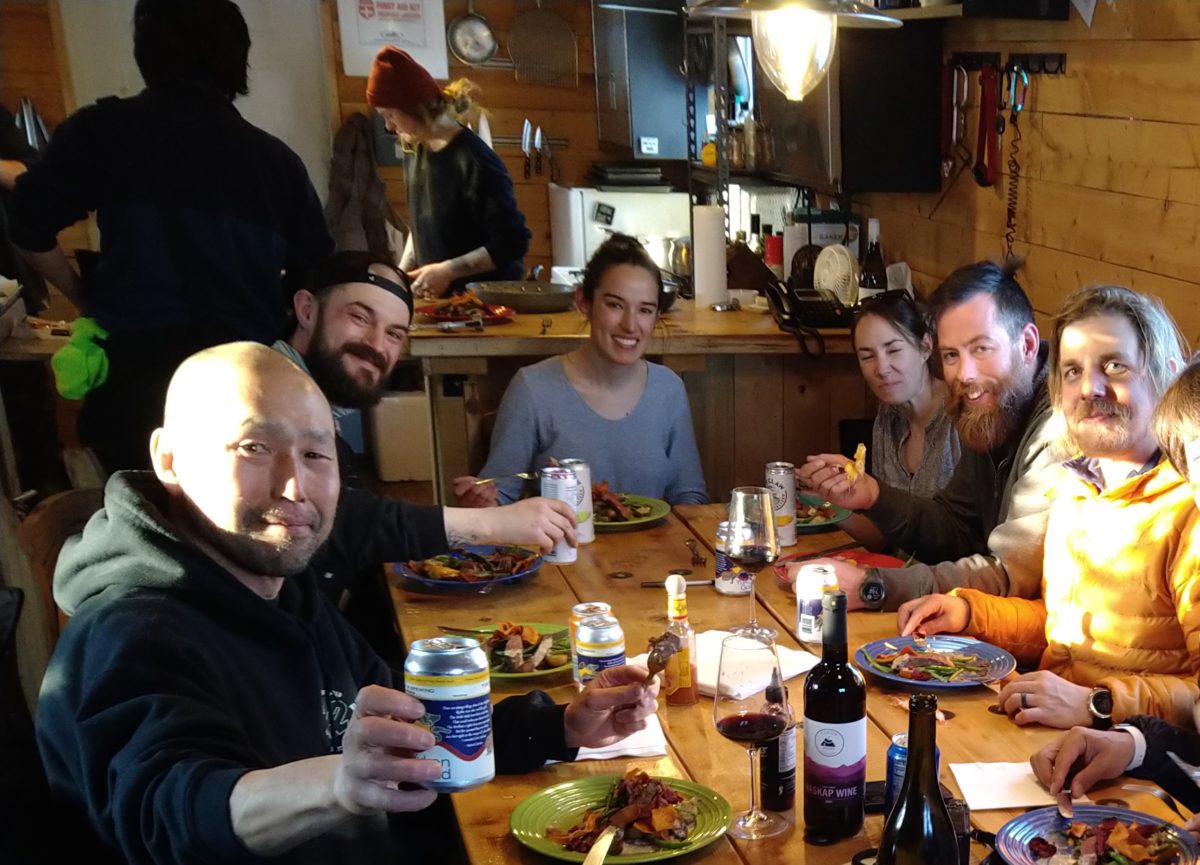
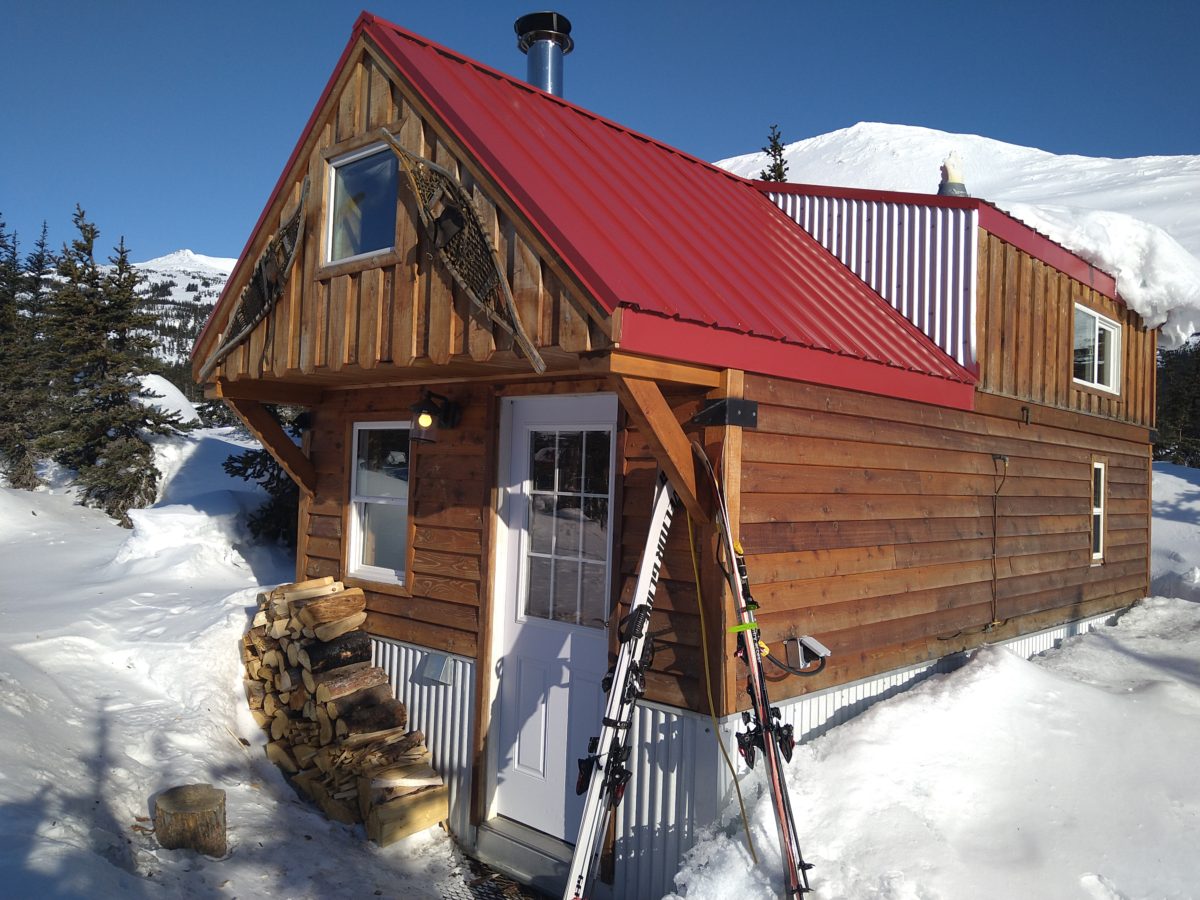
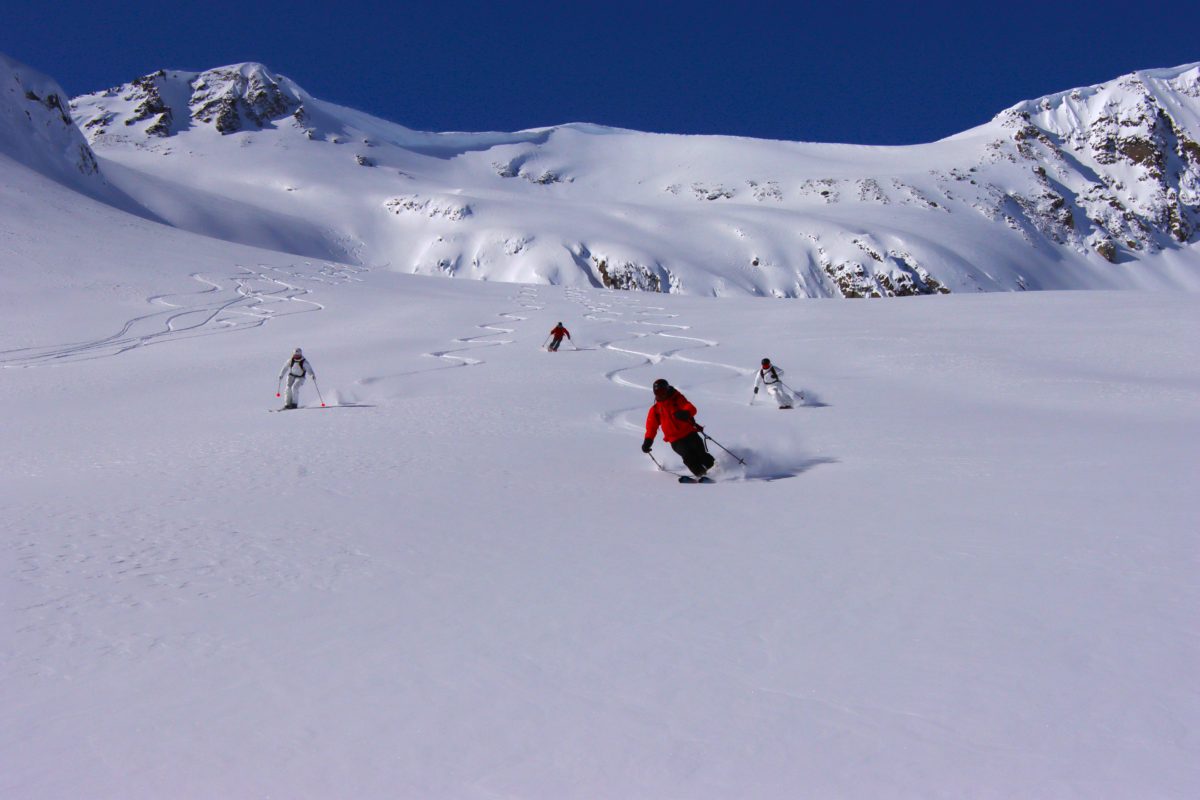
Location access
The Yukon heli-ski base is located at White Pass, a mountain pass between the Yukon capital of Whitehorse and the Alaskan port city of Skagway. Approximately 2 hours drive from Whitehorse and 40 minutes from Skagway. When gold was discovered in the Yukon in the late 19th century, leading to the largest gold rush in North America, people hoping to make a fortune traveled by boat to Skagway, then across the mountains into the Yukon. At that time, many gold panners passed through here. The road is now called the Klondike Highway. However, there are no towns at all, and in winter the land is just covered with snow. Yukon Heli-Ski sets up small cabins and mobile homes in the wilderness only during the winter. Named "Tiny Town", helicopters are operated from here to the surrounding mountains.
Yukon Heli Skiing: http://www.yukonheli.com/ (English)
